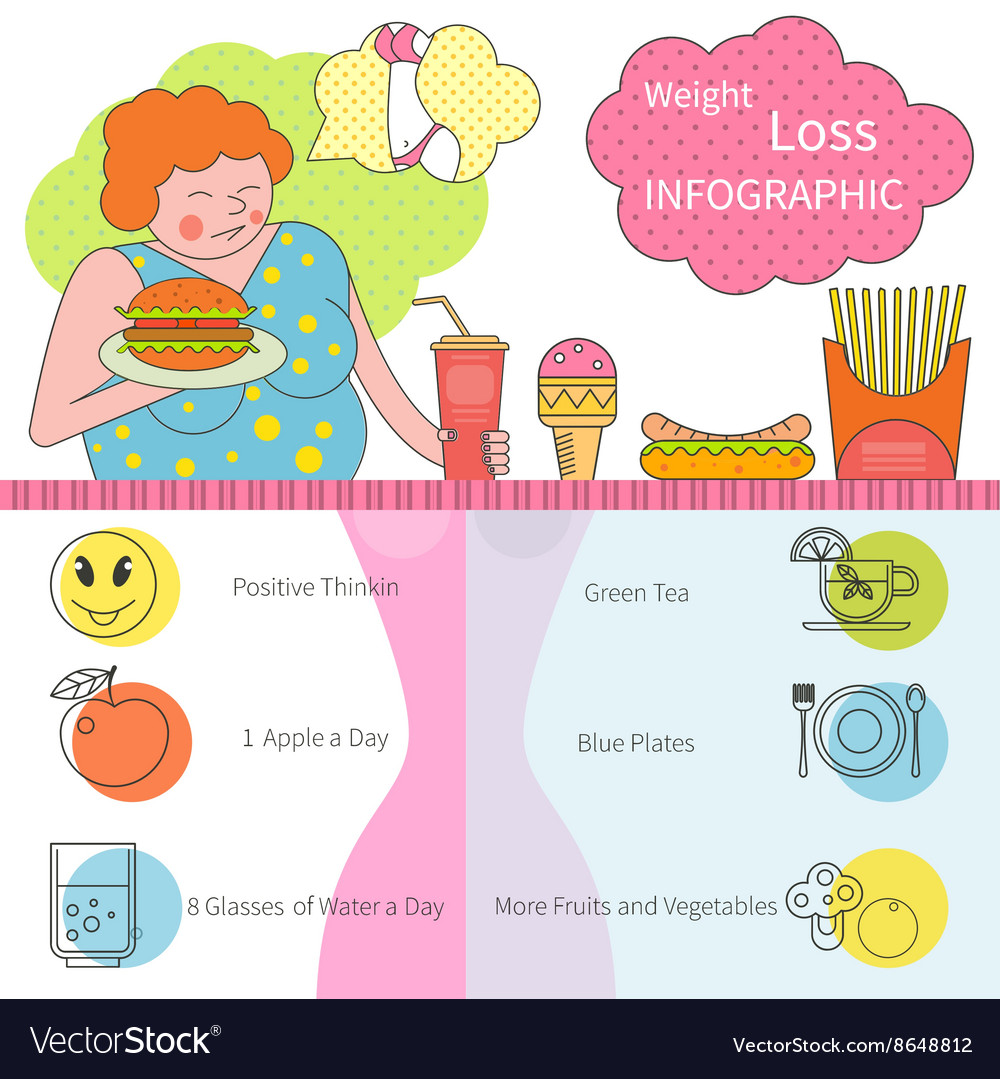Understanding Safe Cold Laser Therapy
Understanding Safe Cold Laser Therapy
Blog Article
Scientific Study on the Effectiveness of Cold Laser Method
Cold laser treatment is a beneficial tool to assist in pain monitoring and the healing procedure. It is typically used in sporting activities medicine, dermatology and acupuncture.
Cold lasers pass through deep right into tissues and advertise chemical adjustments without heating them. They reduce swelling and swelling, speed mobile activity and accelerate recovery.
Theoretical Background
Unlike the high-intensity lasers that surgeons usage to cut through tissue, cool laser treatment utilizes light-emitting diodes to pass through right into your skin and promote recovery. As these photons get to broken tissues, they initiate a chain reaction that raises your cells' production of enzymes and increases your body's natural healing processes.
The photons also reduce discomfort via the manufacturing of endorphins and boost your body's capability to drain swollen areas by inducing vasodilation (the development of capillary). Because of this, it helps you recoup from musculoskeletal injuries and pain more quickly.
Many people have actually become aware of cool laser treatment from their physical therapist, chiropractic specialist or doctor and might be wondering exactly how it functions. Unlike a lot of laser tools utilized in the clinical area, which really heat up cells, our modern devices emits chilly laser beam that don't create any heating of your cells. This allows your body to get the healing benefits without causing any adverse effects.
Medical Tests
Cold laser therapy is often suggested as a therapy option for clients that have musculoskeletal discomfort and injuries. It can be made use of to decrease swelling, strengthen tissues and accelerate the body's natural healing procedures.
Non-thermal photons of red and infrared laser radiation are absorbed by the light sensitive aspects in cells and launch a rise in intracellular metabolism that raises cell recreation, lowers inflammation, eliminates edema and shortens healing time.
Unlike the light that is created by sunshine or common lights, laser light is identical (all wavelengths travel parallel), meaningful and single. These residential properties enable laser power to permeate much deeper right into the cells.
Numerous professional tests have shown that LLLT can be effective in minimizing discomfort in the bone and joint system. Nonetheless, more well-designed studies are required to review the ideal setups for laser irradiation and to determine its performance in certain problems, such as dental mucositis in cancer patients receiving radiation treatment or radiotherapy, and wound healing (consisting of diabetic ulcers adhering to hammertoe surgical treatment). This Aetna plan bulletin does not deal with other uses LLLT, consisting of the treatment of different skin diseases.
Verdicts
Unlike medical lasers that can ruin growths or coagulate tissue, cold laser therapy does not warm the body's cells. Rather, the light stimulates your cells to produce adenosine triphosphate, which speeds up the repair procedure of damaged cells.
Aetna takes into consideration low-level laser (LLL) treatment medically required for the avoidance of dental mucositis associated with cancer cells therapy (radiation treatment, radiation treatment, hematopoietic stem cell transplantation) and non-cancer treatments (such as radiodermal injury, fibromyalgia). Numerous researches showed that LLT can be effective in reducing PU signs and symptoms without negative impacts. Nevertheless, differences in study layouts and laser dosimetry made contrast of the results difficult; RCTs with reduced danger of predisposition are needed. Making use of a 660 nm wavelength and greater energy density appears to be extra efficient than the other studied laser wavelengths. This could be due to the fact that the other wavelengths may boost inflammatory procedures and trigger more side effects. The result of the kind of laser used is additionally crucial; the authors recommend that future research focus on reviewing different types of lasers cold laser therapy to quit smoking near me and their dosages to identify the optimum combination of laser parameters for PU prevention.
Recommendations
Cold laser therapy is utilized by dental practitioners to treat inflamed gum tissue, medical professionals to alleviate discomfort caused by rheumatoid arthritis, and physical therapists to speed up the recovery of muscular tissue, ligament, and tendon injuries. Many medical insurance strategies cover this therapy.
Unlike warm lasers, which have a thermal result on tissues, cool lasers (additionally called low-level lasers) boost the mobile energy of the skin. Photons from the laser light permeate right into the cell, activating a series of chemical adjustments that promotes regrowth and decreases swelling.
In order to be effective, lasers have to be correctly arrangement and used. This is why it is not a good idea to purchase an inexpensive non-prescription laser device and attempt to treat on your own in your home. An experienced specialist is called for to ensure that the gadget is used properly to decrease the danger of eye injury and optimize its effectiveness. The laser device must be gotten used to the proper setting, strength, frequency, and position of the laser on the treatment location.